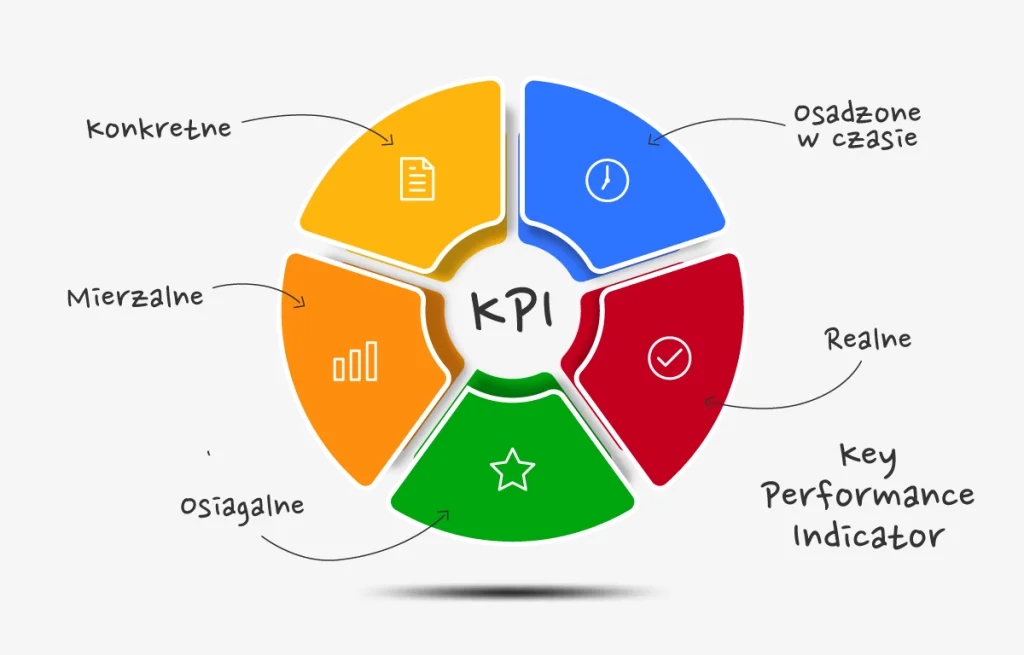Employee efficiency has always been a key focus for organizations. In most cases, it has been possible to transfer adopted metrics between organizations when an individual worked in a defined, repetitive position. However, when comparing different companies, determining what constitutes a key performance indicator (KPI) in their specific case becomes a challenge. On the one hand, universal indicators include profit, revenue, and costs. However, metrics stemming from organizational culture are not as easily quantifiable.
Deltek has conducted its study for the fifth time to explore what companies perceive as the key factors of their success. In 2024, the focus was on industries related to architecture design, engineering, and the broadly understood engineering sector in Australia, New Zealand, and the United Kingdom. The findings from this study provide an interesting foundation for developing tailored organizational success criteria.
The results of the study were divided into three main categories.
1. Financial Success Metrics and Business Growth
No organization can claim business efficiency if, over the long term, it fails to generate profit for its capital owners. Many organizations rely on rapid growth to cross the profitability threshold after achieving a critical mass of customers, disregarding that optimizing business processes is the key. However, the engineering sector is built on different foundations. Recognizing how much time is spent on actual client work is crucial when executing projects for external clients.
According to the study, over 94% of companies plan to revise their approach to costs and strategies for acquiring new projects/clients. Key actions for maintaining operational margins include:
- Reducing expenditures (33% of respondents)
- Increasing control over expenses by implementing purchase approval processes (28% of respondents)
- Ensuring timesheets are completed regularly and on time (27% of respondents)
To translate these goals into efficiency metrics, respondents identified the following as the best indicators of business efficiency:
1. Operating Profit to Net Revenue
Only 25% of surveyed companies believe they effectively measure operating profit.
2. Net Labor Cost Ratio
This metric reflects the relationship between net operational revenue and total labor costs. The most valuable asset in the engineering sector is its people. This ratio indicates the return on investment they provide. Only 26% of respondents said they measure this metric effectively.
3. Non-operational Cost Ratio
This measures costs not directly tied to operational activities. For engineering firms, this refers to expenses unrelated to project execution. While this ratio has significantly improved, 20% of companies still find it challenging to track overhead effectively.
4. Effective Utilization Rate (Revenue Factor)
This composite measure combines employee utilization with the net labor cost ratio to show how effectively a company uses its human resources to generate revenue. Only 25% of surveyed firms believe they track this metric well.
2. Project Success Metrics
Engineering firms derive their revenue primarily from project execution for clients, making it critical to measure project efficiency. Surveyed organizations identified four factors they believe should always be measured effectively:
1. Employee Utilization
How much time do employees spend on billable client tasks versus internal tasks aimed at developing or completing specific internal goals? This is a crucial metric, and 26% of surveyed firms plan to evaluate it more precisely next year.
2. Budget Adherence
Organizations that win clients through tender processes must closely monitor project costs. This requirement is increasingly common even in private investment projects. Staying within budget demonstrates professionalism and fiscal responsibility.
Interestingly, 25% of surveyed organizations stated that reducing budget overruns would significantly impact their revenues. Do you face similar challenges?
3. On-time Delivery
What is the value of customer satisfaction, and what does losing credibility with clients cost? These factors hinge on timeliness and reliability. Failing to meet agreed project deadlines often leads to decreased customer satisfaction.
Unfortunately, there isn’t a standardized method for measuring this metric. Each surveyed company approached it differently.
4. Project Margin
In today’s world, only uniquely rare projects can achieve high margins, making it all the more important to measure this ratio effectively. Analyzing it helps identify profitable clients, define target groups for new client acquisition, and pinpoint key risk factors for specific projects.
Surveyed firms aim for project margins of at least 40%.
3. Attracting and Retaining Talented Employees
Over 28% of surveyed companies stated that attracting and retaining talented employees is a priority, with more than half planning to increase their workforce. They recognize that today’s job market presents challenges they are not always prepared for. The market is saturated with talent, yet organizations must navigate generational management issues, employee disengagement, and maintaining a work-life balance.
Surveyed firms identified three key metrics that clearly describe business efficiency in this area:
1. Employee Turnover Rate
Organizations have long understood that high employee turnover is costly. Recruitment processes for critical positions are often complex, multi-stage, and expensive, involving numerous staff members and managers. Such turnover also complicates project planning, with 37% of surveyed firms acknowledging its negative impact.
2. Workforce Growth
This metric may seem redundant but serves to indicate whether the organization is growing or shrinking. It signals to partners that the company is trustworthy and expanding.
3. Job Satisfaction
This is a crucial indicator of whether the organization is a desirable workplace where employees feel a sense of belonging. A strong organizational culture facilitates the recruitment of top talent and increases employee engagement, creativity, and willingness to suggest improvements.
Over 40% of surveyed firms recognized the need to improve employee engagement.
4. Conclusion
Measuring an organization’s business efficiency is a complex issue. The key is not merely to monitor the metrics and ratios mentioned above but to use the collected information to implement strategic changes in specific areas. It’s also crucial that data collection and analysis do not become overly time-consuming.
Fortunately, various technological solutions on the market help organizations efficiently address today’s business challenges. One of the most recognized and effective tools for the engineering sector is the Maconomy ERP system.
However, every organization defines success differently and sets unique goals. I would love to hear your thoughts: do you agree with the Deltek Clarity Study 2025 suggestions on the most important metrics for engineering firms, or would you choose others? If so, which ones?
Below, you’ll find a link to the study that inspired this article, including information on how to calculate individual metrics and simple suggestions for implementing this methodology in your organization. Feel free to download it – Use KPIs to Improve Your A&E Firm’s Performance in 2025




